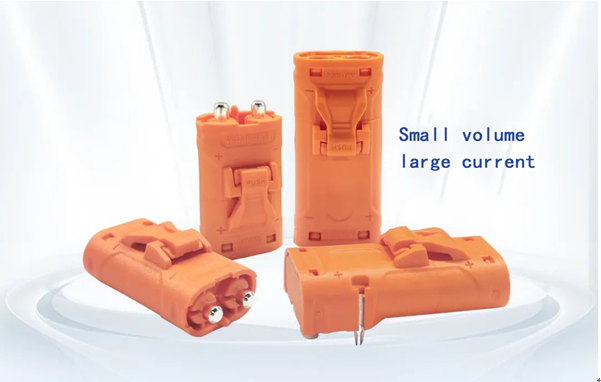The plug and pull force is the key index of the connector. The plug and pull force is related to the important mechanical properties and parameters of the connector. The size of the plug and pull force directly affects the reliability and stability of the connector after adaptation, and also has a direct impact on the life of the connector.
So what are the factors related to the insertion and withdrawal force?
Contact pressure
In connectors, the contact pressure is an important factor to control the inserting and pulling force, which is mainly affected by the properties of materials, processing technology, contact deformation and other aspects. The more elastic a material is, the greater the elastic force it will produce, and the state of the material also has an effect on the contact pressure. Soft state materials have low tensile strength but high elongation. According to Hooke’s law, the greater the elasticity of an elastic contact, the greater the contact pressure between the contacts, the greater the force required to overcome the resistance generated by that force, the greater the insertion and withdrawal force and vice versa.
The number of conductors the connector contacts
The contact conductor of the connector not only ensures the transmission of the connector signal and power supply, but also is the main factor affecting the pulling force. The greater the number of contacts, the greater the pull force of the connector, especially the number of high-frequency contacts。
The fit of the connector during plugging
Due to the existence of errors in connector assembly and manufacturing, poor fitting is easy to occur in the process of insertion and removal. The main reason for this phenomenon is that the skew of the insertion needle leads to extra extrusion between the wall of the contact conductor when the male and the female are inserted. On the one hand, it will increase the insertion and removal force, and on the other hand, it may cause the fracture, shrinkage of the needle and fatigue damage of the contact conductor. The connector life is seriously affected。
Surface friction coefficient when the connector is inserted
Because the connectors are frequently inserted and separated in the process of use, inserting and pulling force becomes one of the important factors affecting the reliability of connectors. The inserting and pulling force of the connector can be considered as the friction force, and the size of the friction force is directly related to the friction between the contact surfaces. The factors that affect the friction of the connectors include contact material, surface roughness, surface treatment and so on. Large surface roughness, on the one hand, will increase the plug and pull force of the connector, on the other hand, the contact wear is also large, affecting the connector insertion loss. In addition, the surface friction coefficient is large, will also affect the life of the contact。
Intelligent equipment power connection — LC series
LC series intelligent device power connectors are a new generation of Amass high-performance power connectors based on the internal connection of mobile intelligent devices. The adjustment of plug and pull force ensures the reliability and stability of connectors after adaptation, which are mainly shown in the following points:
1、Built-in crown spring conductor, elastic failure, long service life。
2、The product is equipped with single PIN, double PIN, triple PIN and other specifications conductor choice。
3、Copper rod conductor 360° anastomosis, effectively prevent the insertion needle skew, poor anastomosis and other situations。
4、Using PBT material, its friction coefficient is small, only greater than fluorine plastic and copolymeric formaldehyde close, long service life。
The LC series also adopts beam buckle design, which has excellent anti-vibration effect and IP65 protection grade, which can meet the strict requirements of connectors in harsh scenes such as industrial and outdoor environments.
Post time: Nov-23-2022

